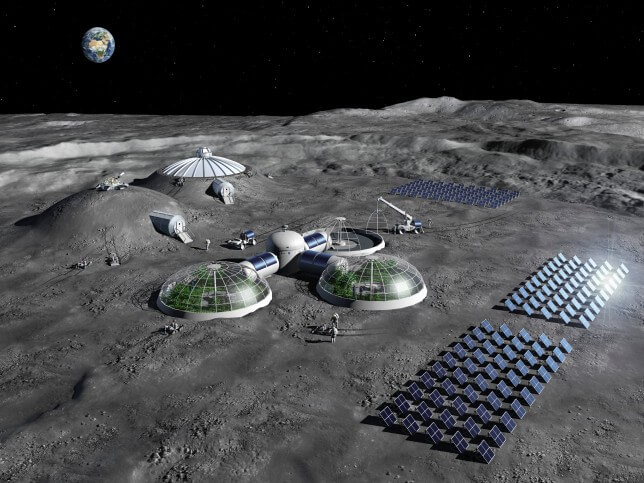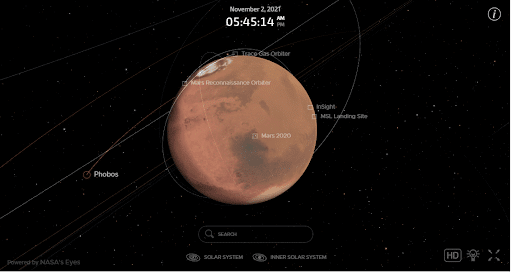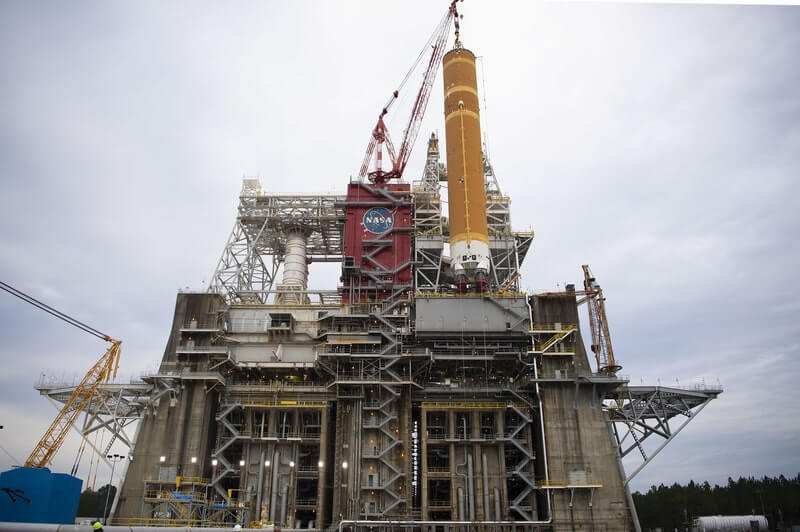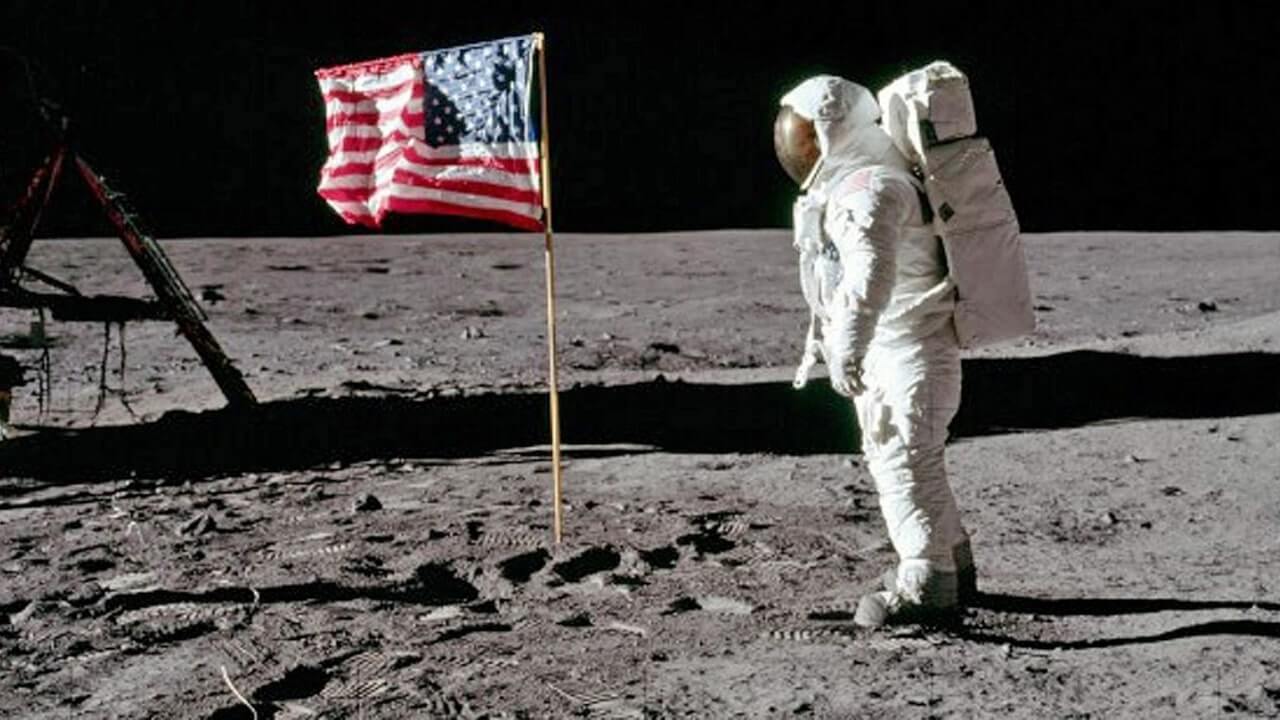The 1960s American moon missions were the pinnacle of national unity and common vision.
America dominated the technological and scientific realm. We had a nation that desired to achieve greatness. President John F. Kennedy spoke about this vision in 1961,
President Kennedy, 1961
We choose to go to the moon. We choose to go to the moon in this decade and do the other things, not because they are easy, but because they are hard, because that goal will serve to organize and measure the best of our energies and skills, because that challenge is one that we are willing to accept, one we are unwilling to postpone, and one which we intend to win, and the others, too.
President Kennedy was a high-energy leader who believed that a nation is only as strong as its people. He called on all Americans to get physically fit through Presidential advocacy, the crafting of fitness curriculum, and proposed national programs. Kennedy believed the physical fitness of a nation reflects the mental and spiritual fitness of the people.
A nation choosing to do hard things and choosing to win is completely foreign in 2021. Modern sensibilities would tell you it is immoral to achieve a common goal for national pride. We are taught to worship our individual identities, rather than our identities being wrapped in our national strength.
We must ask whether America is capable, willing, and worthy of returning to the Moon.
- Is America planning a trip back to the moon?
- What are the benefits of the U.S. going back to the moon?
- Can America actually get back to the moon?
Is America planning a trip back to the moon?
Astronaut Gene Cernan was the last man to walk on the moon. In 1972, he famously traced his daughter’s initials in the dust before leaving in the lunar module. The movie The Last Man on the Moon captured Cernan’s experience and perspective three years before he died in 2017. Since then, all moon missions have been sidelined for other projects like the Skylab, the space shuttle, and the International Space Station. As of recent, there has been more mainstream discussion about the utility of getting back to the moon.
President Donald Trump asked Congress for $1.6 billion in funding for the administration’s new moon landing mission, Artemis (symbolically named after the twin sister of the Greek god Apollo). The announcement was made in May of 2019, following a National Space Council meeting chaired by Vice President Mike Pence.
Pence called for America to put astronauts on the moon by 2024 “by any means necessary”. He said, “If NASA is not currently capable of landing Americans on the moon in five years, we need to change the organization, not the mission.”
America would be running unopposed for now, as China and Russia have not announced plans to run a manned moon mission. However, both China and Russia have announced their intent to send probes to the surface of the moon to continue scientific studies – so a future manned moon mission is possible.
President Joe Biden agreed to continue the Artemis program when he entered office. White House press secretary Jen Psaki said in a press briefing the administration “wholeheartedly embraced” the program. Vice President Kamala Harris took over Mike Pence’s position as chair of the National Space Council.
What are the benefits of the U.S. going back to the moon?
A trip to the moon is a financial investment. According to NASA administrator Jim Bridenstine, it will cost between $20 and $30 billion to put astronauts on the moon’s south pole.
So, what would America receive in return?
Possible Permanent Moon Base

A return flight to the lunar surface would create a pathway for permanent, sustainable methods of living and working on the moon. We could study the surface, learn the effects of long-term space living on the body and even attempt to colonize. If the United States were to spend money on a moon mission, it would look different from the original moon missions in the 1960s and 70s. There would be more to explore. We would have access to better technology.
It may even be possible to create a permanent moon base. This would give the United States the scientific and military advantage over other nations. In 2019, President Trump created the U.S. Space Command to highlight the national security priorities of space dominance, and a moon base would be an extension of this power.
Ready for Mars

A moon mission prepares us to go to Mars. Putting a man on Mars will be the next era of space pioneering. This is a much more daunting task – the flight to Mars will take seven months.
The lunar environment could help prepare astronauts to deal with long-term exposure during a trip to Mars. According to NASA, three of the top five hazards of human space are space radiation, lack of gravity, and a hostile environment. All three hazards can be explored and mitigated in the lunar environment. We can learn long-term solutions to the problem of inhospitable space.
The moon will help us test the deep space equipment needed to safely reach Mars. The Space Launch System (SLS) has been deemed the world’s most powerful rocket that can safely send humans into deep space. This rocket will launch the Orion spacecraft – a ship designed to keep humans alive for hundreds of thousands of miles. NASA has sketched out in the Artimus program that a second test flight will carry astronauts around the moon, in preparation for a trip to Mars.
Can America actually get back to the moon?
Space travel is technologically complex and reserved for advanced civilizations at the peak of cultural hegemony. The United States was the first to the moon because we as a nation agreed with the practical and moral principle of being first. But times are different in 2021. We are not the same caliber of people we were in 1969 and this may prevent us from getting to the moon.
Three things prevent America from returning to the moon: slow technological development, the phenomena of “wokeness”, and lack of common vision.
Space Suit and Rocket Development is Over-Budget and Behind Schedule
Having workable space suits and rocketry are essential to surviving space and getting to space. But both areas have had severe technological hiccups and huge budget inflation.

The space suits are behind in development and over budget. NASA is trying to design a spacesuit that is more flexible than its predecessor: able to twist at the waist and walk with ease. $420 million has been spent on the development since 2007, and NASA will spend another $625 million to make two suits ready for space.

The SLS rocket that will propel astronauts into deep space is behind schedule. NASA said the rocket would be ready in 2017, but had the target date pushed back several times. The three government contractors working on the rocket have said they are behind schedule by more than 33% as compared to the figures given to Congress in 2019.
“Wokeness” Permiating NASA
NASA has shifted the administration’s primary goal from space supremacy to diversity. The Biden administration shifted the goal of the Artemis mission from putting a man and woman into space to the more progressive version: “putting a woman and ‘person of color’ into space”. This shift is only a reflection of a deeper, older change in the agency.
In 2010, President Obama announced the foremost goal of NASA under his administration was to “find ways to reach out to the Muslim world…to help them feel good about their historic contribution to science, math, and engineering.” In 2016, NASA made a plan to ensure racial and gender diversity quotas were met within the agency. In 2018, the strategic plan released by NASA contained the word “diversity” over 51 times – framing this as the ultimate goal of space travel.
NASA has also launched “Mission Equity”
The agency said it wants to reach those who are “Black, Latino, and Indigenous and Native American persons, Asian Americans and Pacific Islanders and other persons of color” as well as “lesbian, gay, bisexual, transgender, and queer (LGBTQ+) persons.”
It is also seeking “members of religious minorities,” people with disabilities, and “persons otherwise adversely affected by persistent poverty or inequality.“
“NASA is a 21st-century agency with 22nd-century goals. To be successful, it’s critical that NASA takes a comprehensive approach to address the challenges to equity we see today,” NASA Administrator Bill Nelson said in a statement.
[New York Post]
How exactly does outreach into the LGBTQ+ Pacific Islanders community help us get America’s behind-schedule, over-budget Artemis project to the moon?
Even NASA’s spacesuits are becoming the next gender grievance battlefield. Two women were scheduled to make an “all-female” spacewalk in March of 2019. Due to lack of proper spacesuit sizing, the spacewalk was canceled and public backlash followed. A new spacesuit was designed to be more “inclusive”, even as the price tag inflates to more than $1 billion for two suits.
Lack of Common Vision: 1960s America vs 2020s America
A nation must have a sense of identity to do great things. It must have an understanding of its history, people, and vision for the future. “A house divided against itself can not stand” as President Lincoln once reflected. This is true of a family, a community, or a country.
We live in a time of complete cultural disarray. This is not merely a mass political disagreement, but a deeper, more fundamental rift between the citizens of the United States. For the first time, we are being asked to reject biological truths of nature. We are asked to hate ourselves based on the color of our skin. National pride is in the toilet. Even trusted, historical institutions project the power of this new ruling worldview: we are God and progress cannot be stopped.
The 1960s had cultural turmoil, of course. This decade is where much of the seeds of our current chaos were sown, especially in the universities. But it was not the complete, fundamental cultural crusade we are experiencing in 2021. Public schools focused on reading, writing, and mathematics rather than race essentialism and gender theory. Democrats and Republicans broadly agreed on the basic questions of life; “What is a woman?”, “Do we have a responsibility to God?”, “Should we teach that our nation is good?”
A successful space program cannot be born out of cultural chaos. The Apollo missions were great because they focused on greatness, winning, and legacy. Everyone was on the same page and playing the same ‘music’. Our nation is deeply fractured and in an era of confusion.
If you believe I’m wrong, simply look at the actions, words, and beliefs of former NASA astronauts and ask yourself: would these people be accepted today? On Christmas eve in 1968, the crew of Apollo 8 quoted the first verses of Genesis 1, “In the beginning God created the heavens and the earth…” The crew finished with wishing everyone on earth a Merry Christmas.
Imagine the outrage today if positive references to the Genesis narrative in the Bible and Christmas were made on a public government broadcast.
Wrapping Up
America cannot go back to the moon until we return to our former greatness. Scientific advancement can only be born from a deep, almost spiritual belief in the greatness of our people and culture. We must have national unity.
NASA experienced great success because the space program was a product of national worthiness. America deserved to be great because America was great.
We cannot simply plug-and-play a space program into any time in history. The nation was ready for achievement because it had sown greatness into its people, and the people created success. America is now a decayed civilization. The foundation of our house must be rebuilt before we are worthy to return to the heavens.
Credits
Header Image: https://www.nfsa.gov.au/latest/apollo-11-moon-landing-news-footage-20-30-and-50-years-ago



